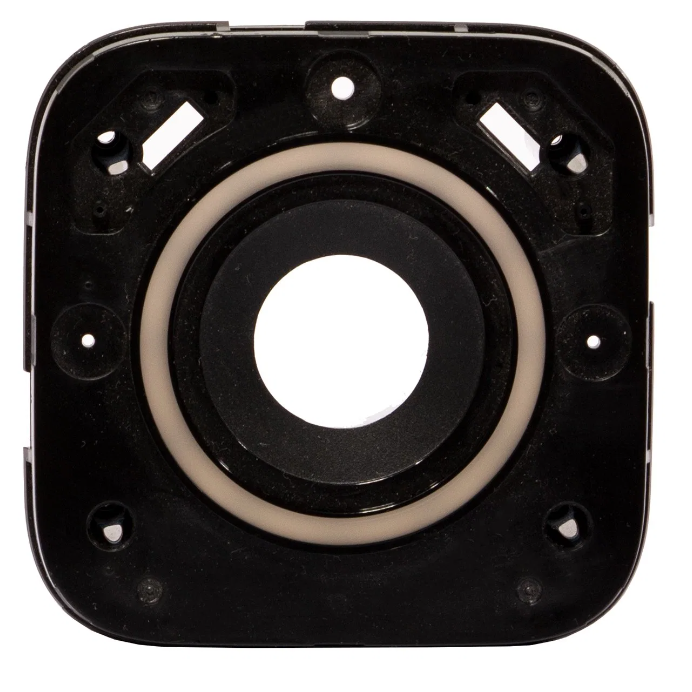
Privacy statement: Your privacy is very important to Us. Our company promises not to disclose your personal information to any external company with out your explicit permission.
Magnetic abrasive polishing is the use of magnetic abrasives to form abrasive brushes under the action of a magnetic field, which grind and process workpieces. This method has high processing efficiency, good quality, easy control of processing conditions, and good working conditions. Using suitable abrasives, the surface roughness can reach Ra0.1 μ M.

LET'S GET IN TOUCH

Privacy statement: Your privacy is very important to Us. Our company promises not to disclose your personal information to any external company with out your explicit permission.

Fill in more information so that we can get in touch with you faster
Privacy statement: Your privacy is very important to Us. Our company promises not to disclose your personal information to any external company with out your explicit permission.